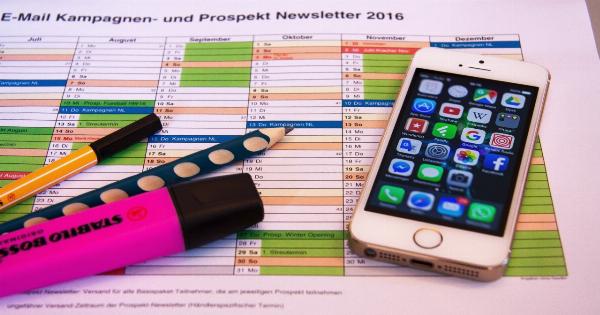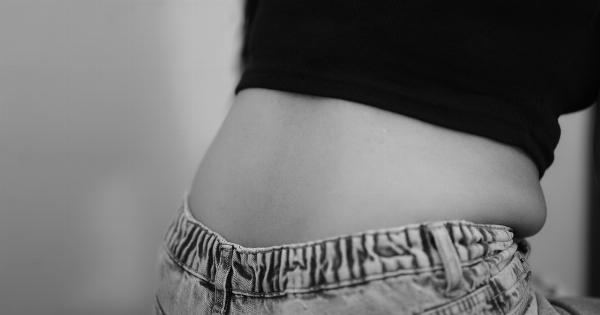Partial urine incontinence, also known as urinary incontinence, is a common condition that affects millions of individuals worldwide. It refers to the involuntary leakage of urine in varying amounts.
While it can be inconvenient and embarrassing, there are effective strategies and treatments available to help manage and reduce the impact of partial urine incontinence. In this article, we will explore different methods that can work to tackle and improve this condition.
1. Understanding Partial Urine Incontinence
Before diving into the strategies to manage partial urine incontinence, it is important to have a basic understanding of what causes it.
Partial urine incontinence can result from various factors, including weakened pelvic floor muscles, urinary tract infections, nerve damage, and hormonal imbalances. It is more prevalent among women, especially during and after pregnancy, and menopausal stages.
2. Pelvic Floor Exercises (Kegel Exercises)
Pelvic floor exercises, commonly known as Kegel exercises, are effective in strengthening the pelvic floor muscles and can significantly reduce partial urine incontinence.
These exercises involve contracting and relaxing the muscles that control urination. Regular practice helps improve muscle tone and bladder control.
3. Lifestyle Adjustments
Adopting certain lifestyle adjustments can also play a crucial role in managing partial urine incontinence. Some helpful tips include:.
- Avoiding caffeinated beverages and alcohol, as these can irritate the bladder
- Maintaining a healthy weight to reduce pressure on the bladder
- Quitting smoking, as it can cause coughing that puts strain on the bladder
- Scheduling regular bathroom breaks, even if there is no immediate urge to urinate
4. Bladder Training
Bladder training involves gradually increasing the time between bathroom visits to train the bladder to hold urine for longer periods. This technique helps increase the bladder’s capacity and promotes better control over urination.
It may take time and patience, but with practice, many individuals experience significant improvement in their partial urine incontinence.
5. Absorbent Products
Using absorbent products, such as pads or adult diapers, can provide a sense of security and confidence for individuals dealing with partial urine incontinence.
These products are designed to absorb urine and prevent leakage, allowing individuals to go about their daily activities without worry. It is important to choose products that fit well and provide adequate protection.
6. Medications
In some cases, healthcare professionals may prescribe medications to help manage partial urine incontinence. These medications work by relaxing the bladder muscles or reducing the frequency of contractions, thereby reducing episodes of leakage.
It is important to consult a healthcare provider for a proper diagnosis and to discuss the potential benefits and side effects of medications.
7. Medical Devices
There are several medical devices available that can provide support and help manage partial urine incontinence. Examples include urethral inserts, pessaries, and vaginal inserts.
These devices provide mechanical support and help maintain continence by preventing urine leakage. It is recommended to consult a healthcare professional to determine the most appropriate device based on individual needs and preferences.
8. Surgical Interventions
In severe cases of partial urine incontinence, surgical interventions may be considered. These procedures aim to correct anatomical abnormalities or provide additional support to the bladder and urethra.
Surgical options include sling procedures, bladder neck suspension, and implantation of artificial sphincters. These interventions are usually considered when other conservative methods have not been successful.
9. Behavioral Therapies
Behavioral therapies, often used in combination with other treatments, focus on improving bladder habits and promoting better control over urination. These therapies include techniques such as bladder retraining, timed voiding, and double voiding.
Working with a healthcare professional or a specialized therapist can be beneficial in implementing these strategies effectively.
10. Emotional Support and Education
Coping with partial urine incontinence can be emotionally challenging, leading to feelings of embarrassment, frustration, and isolation.
Seeking emotional support from loved ones, support groups, or therapists can be immensely helpful in dealing with the psychological effects of this condition. Additionally, educating oneself about partial urine incontinence, its causes, and available treatment options empower individuals to make informed decisions and take control of their health.
While partial urine incontinence can be a disruptive and sensitive issue to deal with, implementing effective strategies can greatly improve one’s quality of life.
From pelvic floor exercises and lifestyle adjustments to medical interventions and emotional support, there are various approaches to tackling and managing partial urine incontinence. Seek professional advice, explore different options, and find what works best for you to regain control of your bladder and live confidently.





























